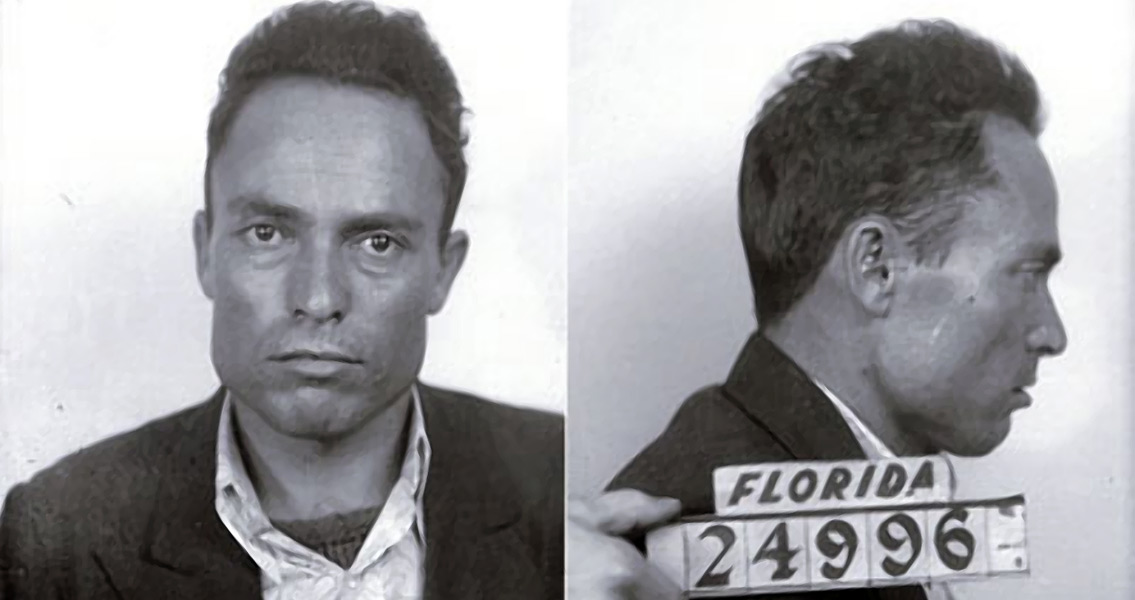<![CDATA[Franklin D. Roosevelt (FDR) narrowly escaped with his life on 15th February 1933, when gunman Giuseppe Zangara opened fire on the president-elect shortly after his speech in Miami's Bayfront Park area. It was an event which went on to inspire "The Man in the High Castle", the Philip K. Dick novel and now popular TV series. The counterfactual account of the post-WW2 world depicts a USA where Zangara had succeeded in his plot to kill Roosevelt. It was early in the evening when the deadly attack happened. FDR had just given a short speech to the crowd from the back of a touring car, unable to use a podium due to the disabling effects of the polio he had suffered years earlier. The crowd surged towards the president shortly after he'd completed his speech, but was frozen in its tracks almost immediately when six pistol shots rang out in quick succession. Five people were hit, but Roosevelt was not one of them. Mayor of Chicago Anton Cermak, also in attendance, was not so lucky. Taking a mortal wound to the stomach, Cermak would succumb to his injuries several days later. As the president-elect's entourage rushed to get Cermak loaded into the car and onto hospital members of the crowd, now recovered from the shock of what had just happened, grabbed the assailant. Holding him down, they began to beat him until Roosevelt personally intervened, potentially saving the life of the man who had just tried to assassinate him. FDR insisted to the crowd that Zangara be tried by the authorities. Witnesses claimed that immediately before firing the shots Zangara had shouted out: "Too many people are starving!". The attempt on FDR's life had come in the midst of the Great Depression. The US economy was on its knees, poverty was widespread and anger from working people towards establishment figures, whether bankers or politicians, had created an extremely volatile atmosphere. For many, Zangara's actions were considered an explosive symptom of the times. Interviews with the gunman after the shootings quickly gave an insight into his motive. Zangara, born in Italy, had come to the USA in the 1920s. He'd worked as a bricklayer until losing his job as a result of the Great Depression. He was not an anarchist or communist, and apparently subscribed to no political philosophy other than a hatred for wealthy capitalists and "leaders of any kind". In a TV interview, he even admitted to having no personal dislike for Roosevelt. Under interrogation from the FBI, he claimed a chronic stomach pain had led to his violent actions. Zangara was quickly found guilty of Cermak's killing and executed by electric chair on 20th March. For FDR, the attack actually seemed to further his reputation. The media followed his actions closely after the attempt on his life, seeing him comfort Cermak as they were driven to hospital, and witnessing his composure in the days after. An image quickly started to appear of a levelheaded, calm man who could respond to a crisis. Several weeks later, he delivered his iconic "nothing to fear but fear itself" inaugural address. ]]>
FDR's Brush With Death that Inspired The Man In the High Castle
